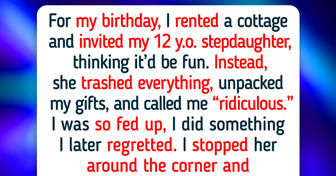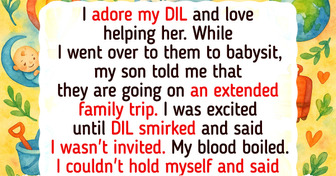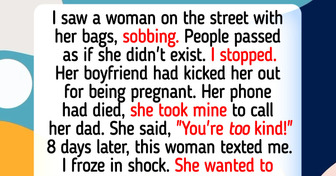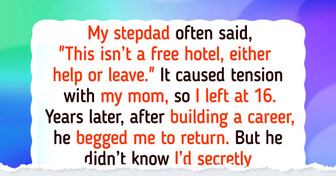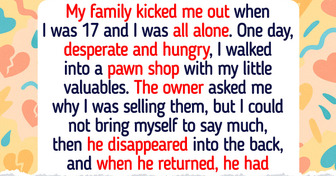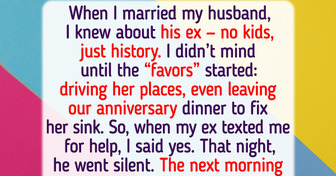The “Coffee Cup” Method Job Interviewers Use to Test You

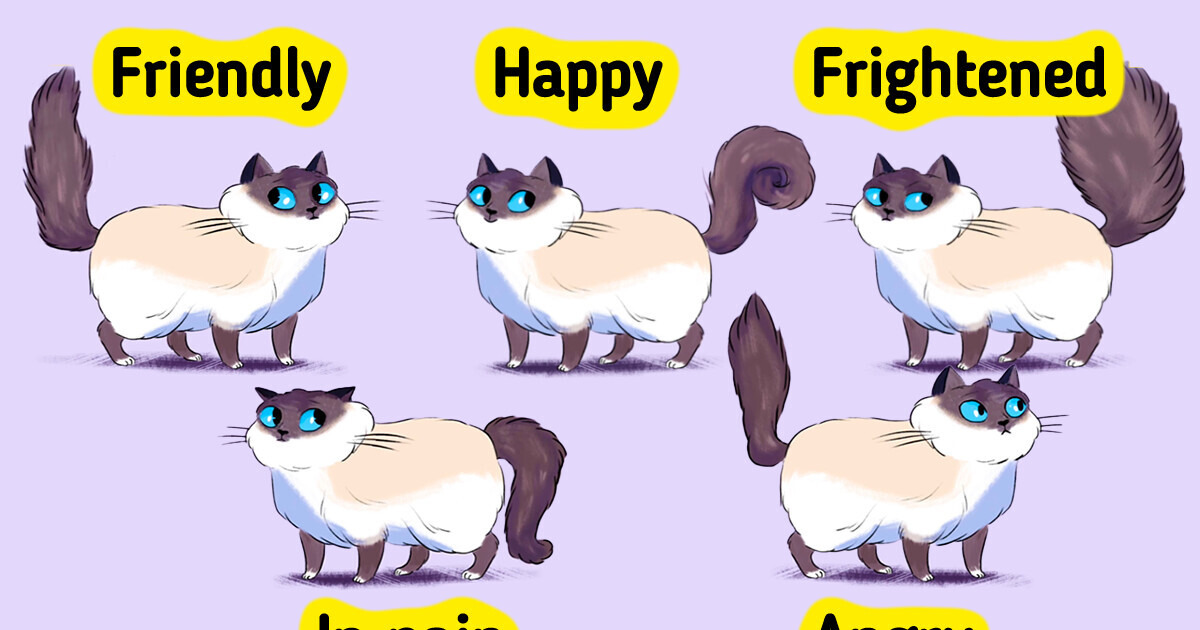
If you’ve ever talked to your kitty in a low voice and received only a slow blink (or been ignored outright as if you were a mere servant), don’t worry: cats have their own secret language. A meow can mean “Give me food now,” a pat on the head is pure love, and that wagging tail... Well, sometimes it’s sweetness, and sometimes it’s a warning to stay away.
But here’s the good news: you can learn to communicate with your cat in a way that it understands. And when you do, you will find that your little furry friend will become your best friend (or at least someone who tolerates you more patiently). So get ready to discover how to speak cat language and earn your most sincere purr!
Cats may not speak our language, but their eyes say everything. From the flick of an ear to the slightest change in their pupils, these little furballs have a whole secret code — and if you can learn to read it, you’ll finally understand whether your cat adores you... or is it just plotting world domination?
First things first: eye contact is tricky in the cat world. Your cat may stare at you intensely but don’t make the mistake of staring back for too long. It’s not friendly to them; it’s a challenge. And unless you want to get into a battle of wills with a creature that literally naps 16 hours a day “just to store energy for chaos,” it’s best to blink and look away.
Also, keep an eye on their pupils. If they suddenly dilate as if they’ve just seen a ghost, they might be excited... or about to pounce on your unsuspecting foot. On the other hand, tiny, constricted pupils can mean irritation, so if you were about to pet them, you might want to reconsider unless you enjoy surprise attacks.
Cats have mastered the art of being completely unimpressed by human efforts. But there’s a proven way to earn their affection — no treats or groveling required.
The secret? Smile at them. No, not the human way (baring your teeth like a hungry predator is a terrible idea). The trick is to do it the “cat way”: a slow, relaxed blink. Research from 2020 found that when people gently squint and blink at a cat, the cat is more likely to reciprocate the gesture and even come closer.
In feline parlance, this is the equivalent of a friendly smile — or at least a subtle “You’re OK, I guess.” Just relax your face, soften your gaze, and blink slowly. If they blink back, congratulations! You have just had a full conversation in cat language.
Cats may not understand English, but they’ve certainly mastered the art of body language and tone. So the next time your cat is scratching the couch like it’s her spa, you might want to rethink your approach. Using a light, happy voice while telling them “No!” is like giving them a high-five for bad behavior. They don’t pick up on your words — just the tone — and your friendly “No!” might just sound like an invitation to more mischief.
To get your point across, you’ll need to channel your inner cat parent and use a lower, firmer voice. A commanding “Stop!” or “Down!” followed by a pointed gesture will make it clear that you’re not kidding. Cats respond well to this type of communication, and your firm tone will let them know who’s boss without you having to raise your voice. However, when it’s time for praise, feel free to use that higher, more upbeat tone. You’ll have your kitty purring with joy in no time.
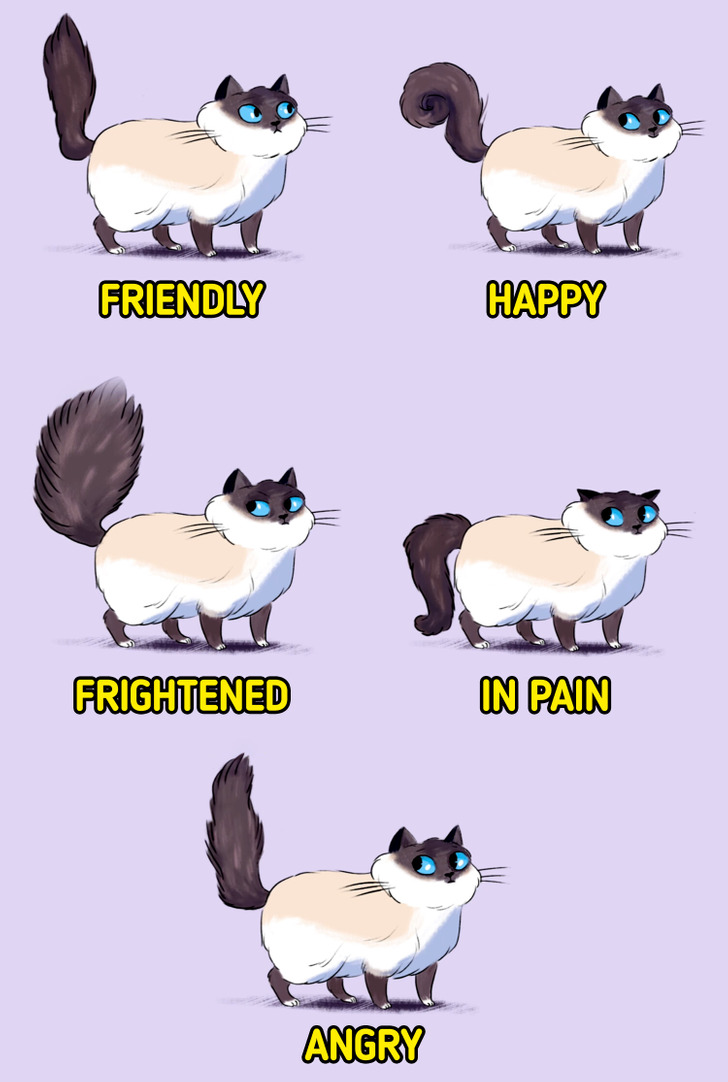
But it's not just about the tone of your voice; your gestures are just as important. Pointing to the floor or making a downward motion with your hand when telling them to step away from the counter makes your instructions clearer. Similarly, if you want them to come over, just wave your hand or wave your finger. They're smart, they'll get it.
Watch your cat's body language as well, as it can tell you a lot about how your cat is feeling. A high tail indicates social confidence and a friendly approach. If the tail forms a question mark, it is also a sign that he is happy and willing to interact. However, they usually prefer to be petted around the face, chin or ears rather than on the tail. When a cat's tail is down, it suggests anxiety or fear. If it is tucked between the legs, it may be feeling intense pain or fear.
A curled tail indicates that the cat is frightened or shocked, usually due to a sudden threat. This defensive posture is intended to make him appear larger. In this state, it is best to keep him away, as he may become aggressive. And if your cat's tail wraps around his body while sitting or lying down, it may be a sign of fear, defense or discomfort. In these cases, it is important to avoid stressing your cat and consider a visit to the veterinarian if this behavior persists.
Sometimes, pretending you don’t exist for a moment (by turning away or giving them some time) can help them feel more comfortable before engaging. And if you see their ears pinned back, well, you might want to steer clear for a bit—this is a clear sign that they’re not happy and might not appreciate further interaction.
Now, let’s talk about the little noises your cat makes. A simple meow can mean they want food, attention, or maybe they just want to talk. A trill or chirp, on the other hand, is their version of a happy greeting (so if you hear that, you know they’re in a good mood!) On the other hand, hissing is their way of saying, “Back off, I’m not in the mood.” And like any polite human being, respecting their warning signs — like hissing or growling — goes a long way toward building trust.
In short, you don’t need a Ph.D. in feline linguistics to communicate with your cat. A firm tone for rules, a happy voice for treats, and a little hand gesture here and there will do the trick. And remember, every cat is an individual, so take the time to learn their specific “cat-attitudes,” and you’ll have a much more rewarding, understanding relationship with your furry friend.
So you’ve figured out how to talk to your cat with your voice and gestures, but now it’s time to dive into the world of physical affection. Cats, like people, all have different ways of showing love, and understanding their unique ways can help strengthen your bond — whether they’re full-time cuddlers or a little more independent.
One of the sweetest ways cats show affection is by giving you a head or nose bump. It’s their way of saying, “I like you!” or “You’re my favorite person!” Returning the favor with a gentle head bump can often elicit a contented purr, and you’ll both feel that extra connection. You can also initiate the affection by offering your ankle at their level and inviting them to bump it in return. It’s a little game that can lead to big purrs!
But here’s the secret to keeping your cat happy: knowing when to stop. Pet your cat for a little while, and then stop. If they enjoy it, they’ll usually come back for more. If not, it’s important to respect their space and stop petting. This will teach them that they can ask for affection when they want it, and they’ll be more likely to seek it out on their own.
Another great way to bond is to offer your hand to your cat. If they rub against it, that’s their signal to continue the affection. But if they don’t, it’s time to give them some space. Understanding your cat’s boundaries is the key to a happy relationship. By respecting their needs and being mindful of how they express affection, you’ll have a feline friend who trusts and loves you in his special way!
Play is not only a fun activity, but also an important way to strengthen your bond with your cat. Regular play sessions not only help keep your cat physically active but also provide mental stimulation, a healthy outlet for excess energy, and a chance to fulfill her natural hunting instincts. All you need are a few toys and some dedicated time to spend with them.
It’s important to understand that cats have a strong hunting instinct, and to feel truly satisfied; they need to complete the “hunting cycle”. This begins with the detection of prey, which can be a toy or even your moving fingers. Then, your cat will stalk and plan his next move, leading to a chase in which he will pounce on his prey. Once they catch it, they enter the “dispatch” phase — the playful “attack” phase — and finally, they mimic the act of eating their catch to celebrate their success.
Your cat may ask you to play in a variety of ways: bringing you a toy, swatting at your moving hands or feet, or even jumping on your toes. These are clear signals that the pet wants to participate, and it’s your cue to join in. So the next time your cat invites you to play, don’t hesitate to join the fun!
Playing with your cat is an excellent way to bond with your cat. However, not all toys are equally beneficial. Laser pointers, which are often a hit with cats, may not always be the best option. The problem is that laser toys make cats chase after something they can never really catch. This constant frustration can sometimes lead to obsessive behavior or exacerbate existing tendencies.
If a cat doesn’t get the satisfaction of catching its “prey,” it can become fixated on the chase, constantly looking for the elusive target. Over time, this lack of resolution can cause stress, which can lead to health or behavioral problems. Studies, including one from 2021, have shown a correlation between increased use of laser pointers and an increase in abnormal repetitive behaviors in cats.
While you may want to engage with them in a certain way, recognizing their cues and adapting accordingly will foster a more positive and harmonious relationship between you and your feline companion.
Now that you know how to “cat-talk,” you will realize that your kitty has always had a lot to say to you. The key is to observe, understand, and, of course, respond respectfully to her feline way of communicating.
And if you want to take your relationship with your cat to the next level, other tricks and secrets can help. Find out more about the amazing world of cats in this article that’s sure to interest you — because when it comes to understanding these adorable creatures, there’s always something new to learn.



